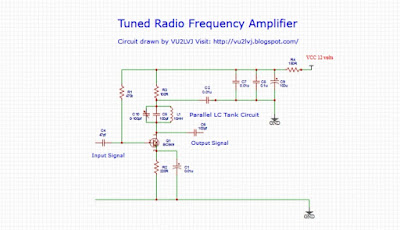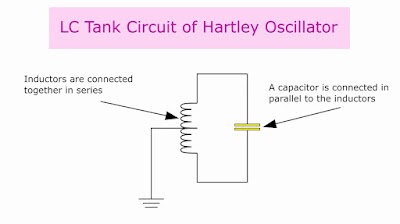An envelope detector is an electronic circuit that demodulates the envelope of an amplitude modulated information contained in an AM signal. It is a non-coherent type of linear AM detector. These are used in radio receivers to detect or demodulate the original audio signals that are present in an AM signal. It is also called as the peak detector.
There are many different types of envelope detectors. The simplest, cheap and widely used envelope detector is the diode envelope detector. In diode envelope detector, the linear property of the diode is utilized for detection. It produces an output signal that follows the envelope of an amplitude modulated waveform, which constitutes the original modulated audio signal. There are many other types of AM detectors that are built into integrated circuits in some advanced radio receivers.
Working of a Diode Envelope Detector
The diode envelope detector consists of a detector diode, wave-shaping components and a low pass filter. The diode is operated in the linear region of its characteristic curve. The capacitor C and resistor RL form the wave shaping components or timing components that selects the time constant. The RLC network that follows it provides the low pass filter. The signal from the output of the low pass filter is amplified using an audio amplifier that drives a loudspeaker.
The amplitude modulated RF signal is given at the input of the diode detector. During the positive half cycle, the diode becomes forward biased and acts as a closed switch. It allows the positive half cycle of the radio frequency wave to pass through. The capacitor C charges to the maximum of the positive cycle.
During the negative half cycle, the diode becomes reverse biased and acts as an open switch, which blocks the signal through the diode. During this cycle, the capacitor discharges through the load resistor RL until the next positive half cycle.
Thus a waveform is traced from the envelope of the detected AM signal by the action of the diode, capacitor and the load resistor. This signal may contain some portions of the RF signal, which can be filtered using a low pass filter.
RC Time Constant
During charging, the RC time constant must be short.
RC << (shorter than) 1/fc
During discharging, the RC time constant must be long.
RC >> (longer than) 1/fc
RC must also be << (shorter than) 1/fm, the maximum modulating frequency
Therefore 1/fc << RC << 1/fm
Where RC is the value of resistor and capacitor of the time constant
fc - carrier frequency
fm - maximum modulating frequency
Distortions in Diode Envelope Detector
1# Creation of spikes: Due to the charging and discharging of the capacitor, spikes are generated. To minimize the spikes, the RC values must be kept high.
2# Negative peak clipping: In signals that are over-modulated or signals with more than 100% modulation, the values on the negative side will be clipped. This can be minimized by selecting the proper RC time constant.
3# Diagonal clipping: This occurs at high modulation depth. When the RC time constant is too long, it cannot follow the changes in the envelope of the demodulated waveform. This distortion can also be reduced by selecting the proper time constant.
Advantages of Diode Envelope Detector
1# It is a very simple and most commonly used AM detector.
2# It is very cheap.
3# It is efficient.
4# It is very effective for detecting narrow band AM signals.
Applications of Diode Envelope Detector
1# It is commonly used for detecting amplitude modulated signals in radio and communication receivers.
2# It is used for detecting double side-band full carrier signals.
3# It is used in electronic circuits to detect the presence of RF signals and its measurement.
Watch the Video: https://youtu.be/OpdL3iqMD-4



















































